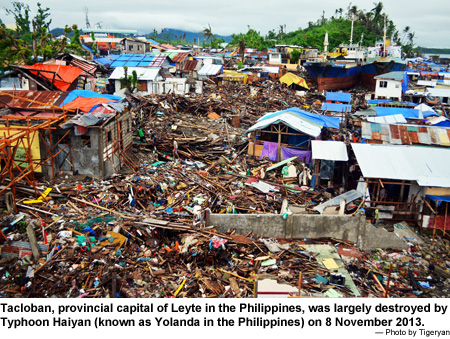In case of crisis, go autocratic. Third of a seven-part series.

When it comes to autocratic leadership, I am “
da bomb.” Friends who have worked with me know this style of leadership comes naturally for me. I have no problem giving assignments to people and expecting them to be completed properly and on time.

Before I was a nurse, I was a paramedic. I was trained “to own” the emergency scene and be certain that everyone knew “the paramedic is in charge.” I was effective in this leadership role. However, within the hospital environment, I suspect that such a leadership style would cause extreme discord among staff members. There is a time and place for autocratic leadership, and every nurse should understand when to use this style and have experience in doing so.
Autocratic leadership is a dictatorship. The leader gives direction; the others follow direction. In extreme cases, this creates negative environments where information and direction flow only one way—down from the leader to the followers. When nurses utilize this leadership style, they should ensure that they establish a “benevolent dictatorship” where the needs of the team are managed and its members have freedom to send information up the chain of command.
It’s easy when leading autocratically to become an individual who is no longer part of the team. Members of the team may fear you. While the transformational leader collects information from the team to make a decision, the autocratic leader makes a decision based upon information he or she has at hand with little contribution from the rest of the team. It is not hard to see how this nursing leadership style could be labeled as “the bad.”
But there is a time and place for this leadership style. When physicians issue medical orders, they are executing autocratic leadership. When nurse managers make shift assignments, they are providing autocratic leadership. When these same leaders utilize input from their team to determine the best assignments for team members, they become benevolent autocratic leaders. But there is another time when nurse leaders must make hard decisions as pure autocrats. That’s when a crisis is unfolding.
No time for voting
Autocratic leadership is the leadership style of choice during crisis management. Because decisions aren’t made democratically, it has the advantage of being quick. I’m a nurse who manages teams that respond to large international disasters. When I arrive at a location where 10,000 people have been killed and a similar number injured, I have no time for democracy. I work hard to obtain as much information from my team and from locals, and I make decisions rapidly and make personnel assignments in a split second. In a large-scale disaster, wasted time is wasted lives. Those responding to a disaster recognize the need for immediacy, and I have never had anyone complain about the lack of democracy.
Even inexperienced nurses may find themselves managing a disaster or other crisis. It is part of the public expectation of our abilities and duties as healthcare professionals. During the first days of the Haiti earthquake, a young OR nurse with fewer than three years of experience suddenly found herself working as incident commander at a casualty collection point with more than 2,000 casualties and a rapid death rate from injuries sustained in the quake. It was her ability to take over command and utilize autocratic leadership that made her an effective leader. If it can happen to her, it can happen to any of us.
In case of emergency, break routine
As a nurse leader who has worked in some of the most hostile environments on the planet, I always expect that a routine day at a hospital or clinic can instantly change at the “drop of a mortar round.” Bad things happen all around us. Plane crashes, multivehicle collisions, and terrorist bombings are all examples of how a hospital can move in seconds from daily operations to crisis mode. Nurses need to be able to recognize how the environment has changed and how the new situation dictates the style of leadership needed to do the most good for the most patients.
No environment should dictate total devotion to a single leadership style, however. In crisis, a nursing team needs autocratic leadership that provides solid direction at a rapid pace. But in that crisis, overloaded by patients, fatigue, and hunger, team members will experience emotions, and that’s the time for transformational leadership to kick in and walk the walk.
The nurses will need to hear that the job can be done. They will need to see the nurse manager working side by side with them and experiencing the same psychological and physiological stressors. An effective crisis manager will have a strong leadership style that predominantly utilizes autocratic leadership but will understand that, to be most effective, he or she must also utilize other styles, such as transformational leadership, when needed by the team.
Rene Steinhauer, RN, EMT-P, has served as a nurse on all seven continents—as flight nurse in Antarctica; as combat medic in Iraq; as disaster manager following the Indian Ocean tsunami (2004), Hurricane Katrina (2005), Haiti earthquake (2010), and Typhoon Haiyan, known as Yolanda in the Philippines (2013); and as chief nurse in an Ebola Treatment Unit in Liberia (2014). The author of Saving Jimani: Life and Death in the Haiti Earthquake,
Steinhauer is presently working toward his MSN degree at Hawai’i Pacific University.
Part l: Nursing leadership? Reminds me of a movie.
Part 2: Transformational leaders: Change agents for good
Part 4: Laissez-faire leadership: You’d have to be crazy to be this kind of leader
Part 5: Trish and Cheesy: A story about transformational leadership
Part 6: The most transformational leader I've ever known
Part 7: In crucible of crisis, "Trust me" not enough